The Maltese Archipelago consists of three islands: Malta, Gozo, and Comino. Situated in the heart of the Mediterranean, they were at a strategic point on the trade routes between Europe and Africa which in turn meant they were occupied and inhabited by several civilizations over the last three thousand years – each one leaving an influence in terms of culture, language, tradition, and architecture.
Gozo and Malta have several prehistoric temples. On Gozo, Ggantija Megalithic temples are a UNESCO World Heritage site as they are one of the oldest free-standing structures in the world (pre-dating Stonehenge and the Pyramids).

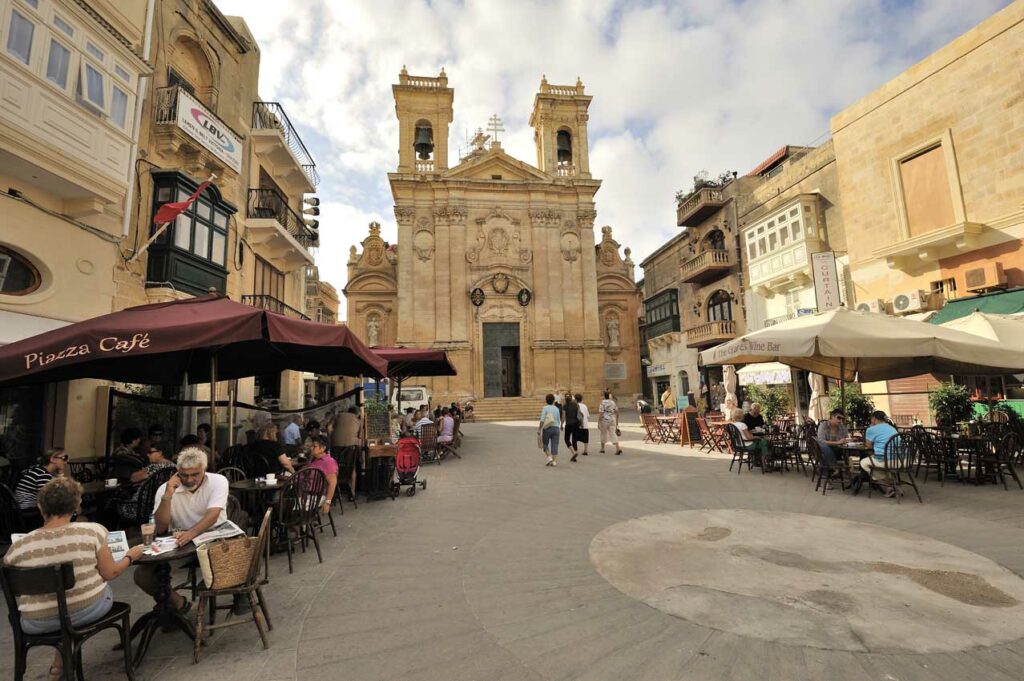
Gozo is Malta’s smaller “sister” island with its own distinct character. Roughly seven by fourteen kilometers, the economy was based around farming and fishing and although these are still core activities, giving the island its character, tourism has developed and become increasingly important. The main town in Gozo is Victoria with the Citadel built by the Knights of Malta. Recently restored it houses museums and restaurants as well as the Cathedral. A walk around the bastions gives stunning panoramic views. Gozo has thirteen villages, a center surrounded by limestone homes. The population of Gozo is under forty thousand. Still a staunchly Roman Catholic country, the Easter and Christmas celebrations are moving occasions with processions and band marches.
The geology is largely formed of sedimentary limestone from sea beds more than twenty-five million years old and casts of fossils are common, especially around Dwejra. The softer Globergerina and the harder Coralline limestone have eroded at different rates giving the island rolling valleys and hills. This also contributes to the stunning underwater topography which is a major factor in Gozo’s popularity as a diving destination. Gozo has always been largely self-sufficient, the fertile soil allowing land to be farmed on terraces of vegetables, vines, and orchards. On the southern coast immense and beautiful cliffs which drop one hundred forty meters to the sea have formed at Ta’ Cenc: a breeding ground for the Scopoli Shearwater. At Xaghra, one of the biggest villages of Gozo are Ggantija Temples, a windmill museum, and a toy museum.
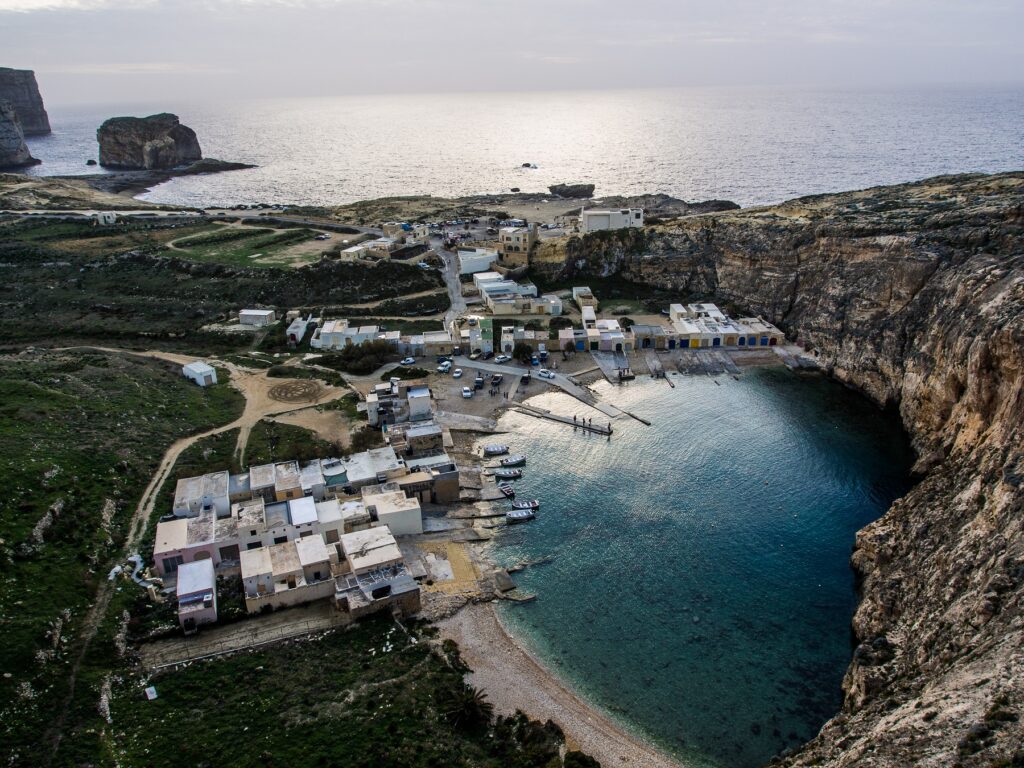
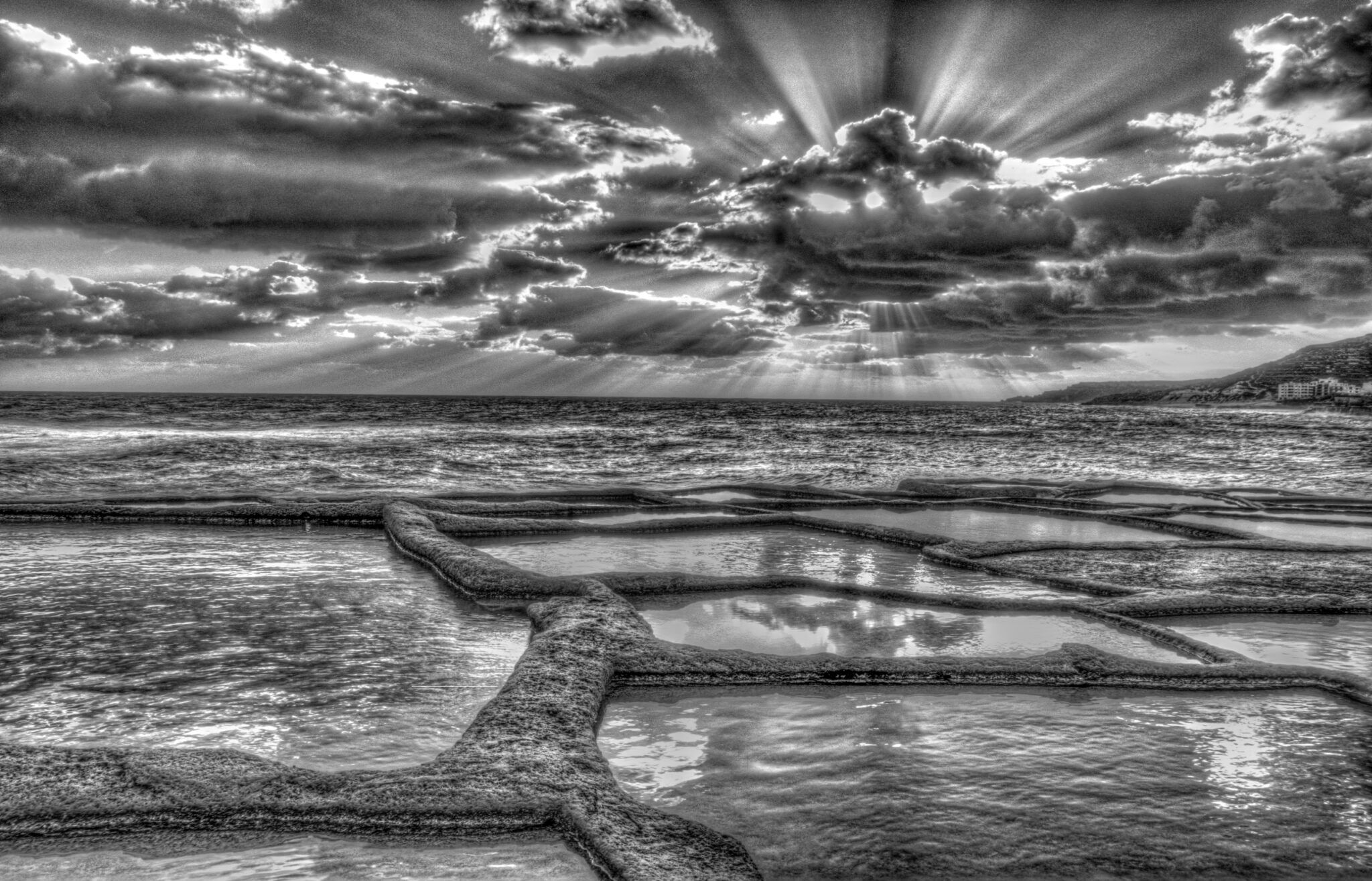

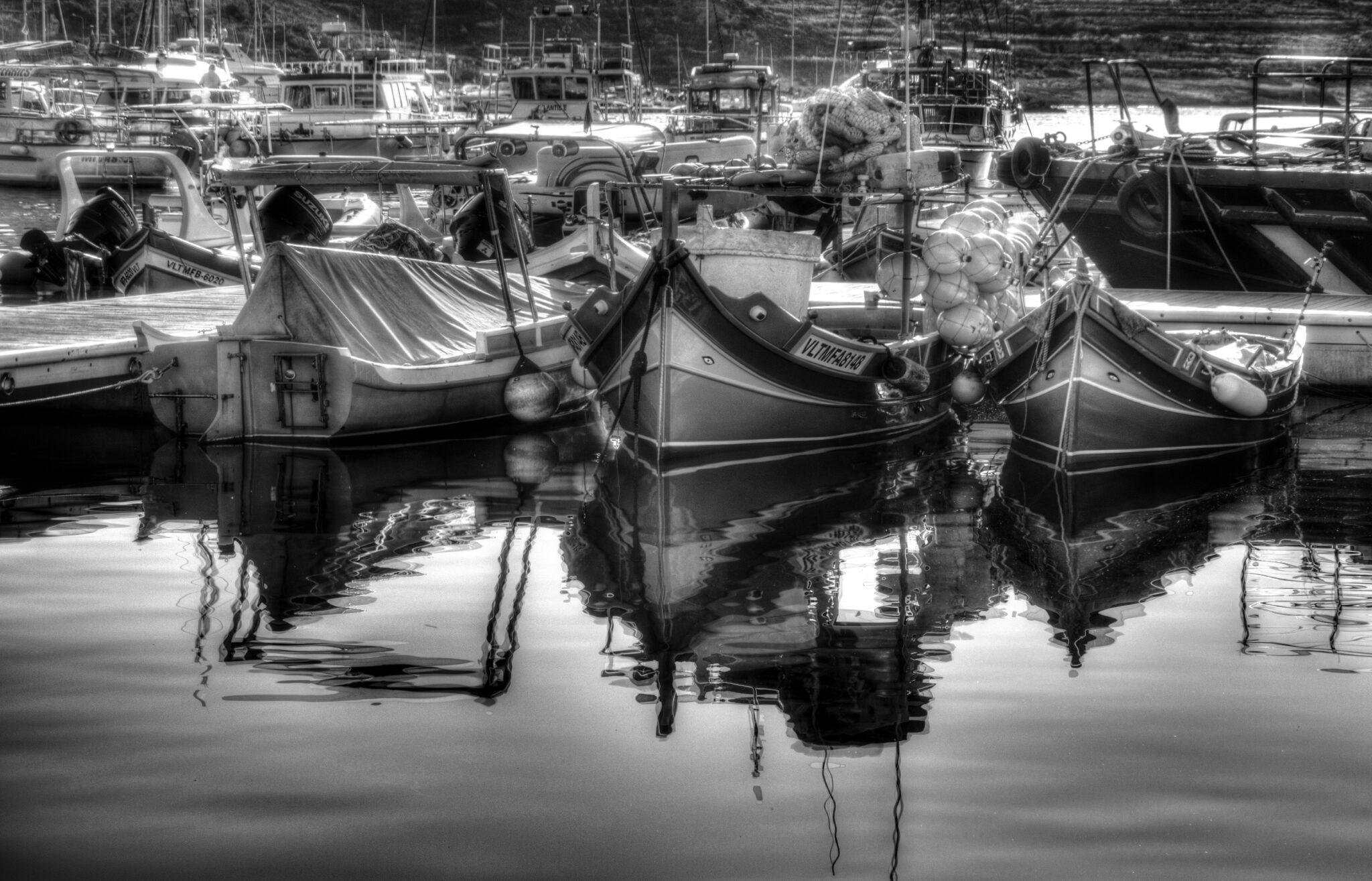
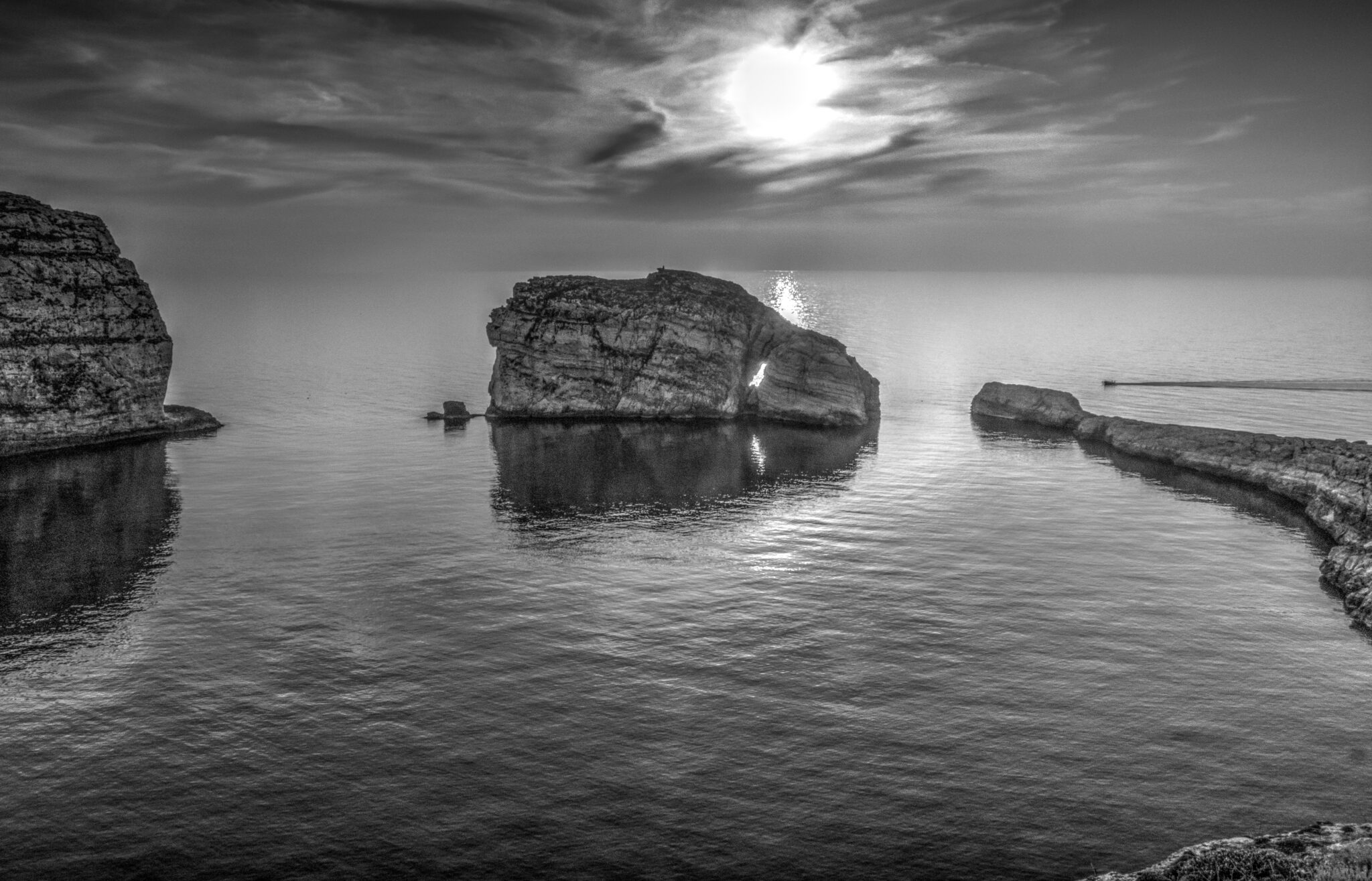
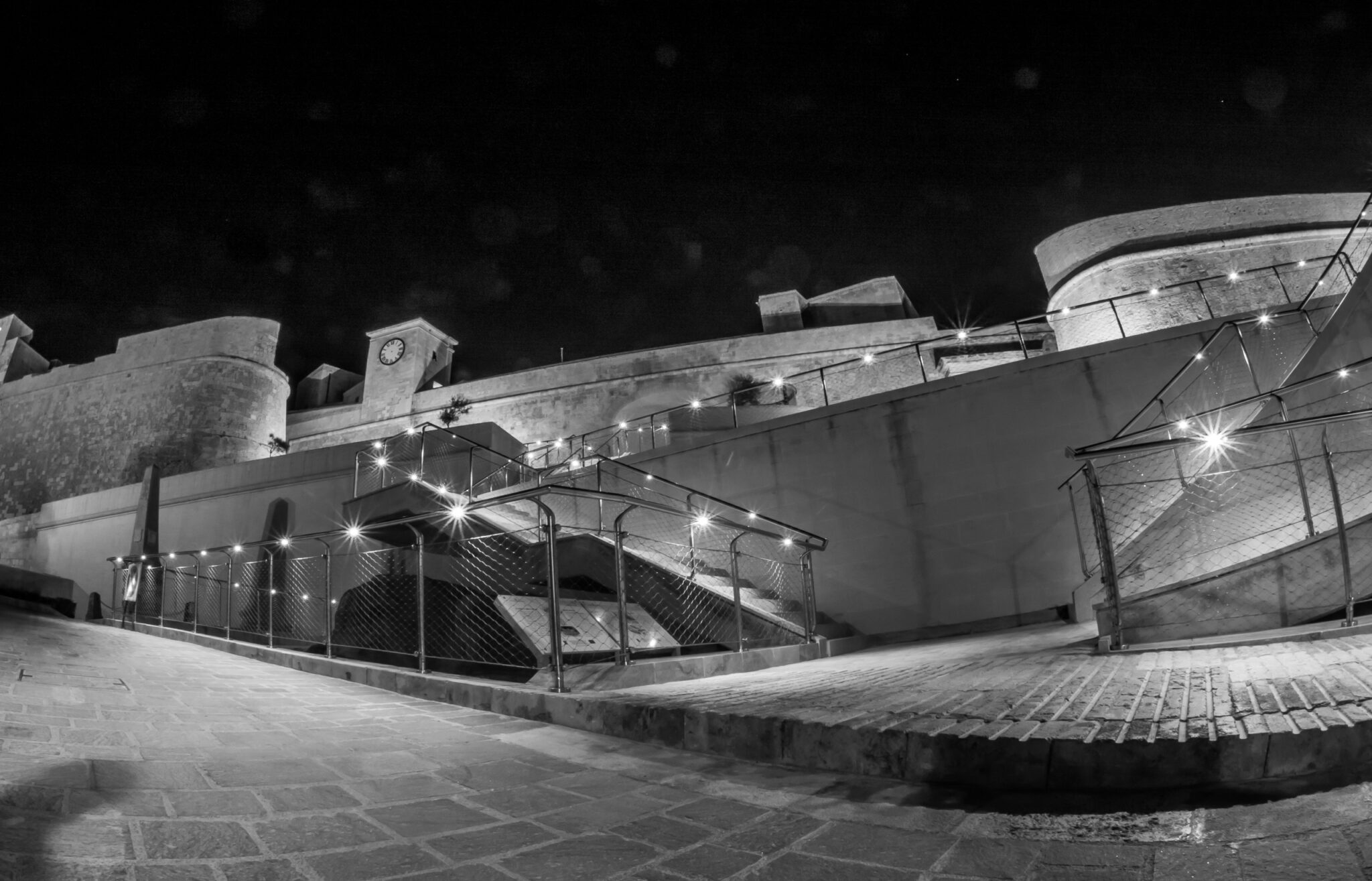
EXCELLENTVerified Super organized diving center with great equipment and varied diving spots This year I went diving on Gozo. As I was looking online for a diving center that offers diving to the "Tuna Farm", I came across Gozo Dive St. Andrews, which turned out to be a great find. I was able to clarify everything in advance by email, so all the paperwork was already done when I arrived. Well organized and very friendly. I was looked after by Anthony, who chose the right equipment for me with me. Everything was very new and well maintained :-) As it wasn't that busy yet, there was only one other diver in our group. Anthony gave us good information about the spot and we went straight across the street into the water. Everything was very relaxed. As we realized on the second day of diving that my qualifications were not sufficient for the spot, Anthony and Lean immediately looked for options. They offered me the "deep diving" course so that I would no longer be restricted in the future. Unfortunately, there wasn't enough time for this course this time. Even during the trip across the island to the spots, Anthony gave us interesting details about the island. Thanks again for the all-round support :-) I will definitely come back to Gozo and my choice will again be "Gozo Dive St. Andrews".Verified 10/10 for Gozo Dive Second time with St Andrews. Fab instructor Ericka for my OW course, learned loads & went on further dive with Simon, hugely informative. Sites were amazing, what an island under & over water. Mark, Natalie & staff very welcoming, & organised our transfers, accommodation & gave suggestions. Very impressive team, working hard to cover everything & ensure safety. 10/10. Thanks Gozo Dive 💝Verified St Andrew’s dive shop, Gozo Amazing dive shop! Martin made our week dive experience. Easy to work with and very accommodating. Recommended for diver with experience. My group is all advanced open water and Nitrox certified with no need for dive guide. Very knowledgeable about conditions and very accurate daily dive site recommendations.Verified Incredible people and excellent place to learn I did my Advanced Open Water padi course with St. Andrew’s Divers Cove the experience was exceptional. my instructor Simon is one of the best instructor I’ve had, friendly, excellent knowledge and amazing instructor. Simon has made me better and a more confident diver through conducting the padi course in a knowledge able and entertaining way!Verified Comes with Free bananas 😂😎 New to this dive school - happy customers. Well experienced staff, confident, informative, attentive & fun. Owner presence & oversight ensures well run system & quality delivery with good vfm. Thanks for the fun days out, til next time 🤗💚Verified Great Great ! Very well organized club, attentive, multilingual. For a stay with 10 dives, the objective has always been to introduce us to new sites each time. A special mention for Simon, who was our guide, and who is great.Verified St andews dive shop gozo As a diver I have always known of this dive shop in Gozo and have had air fills from there . On a recent holiday we visited Gozo and my friends car who keeps his car in malta to use on holiday/ diving trips broke down with a broken clutch cable . I suggested we go to see Mark at St Andews dive shop to see if he could recommend a good mechanic . Well to cut a long story short Mark the governor was so helpful he arranged his mechanic to fix the problem and the car was fixed within four hours . We were delighted as we were only on gozo for one day and were due to fly out a few days later so thankyou Mark and his mechanics !! On my many visits to Gozo the St andrews dive shop is always busy and customer friendly . If your planning a diving trip give that diving shop a goVerified Beautiful diving holidays For a first in Gozo, a perfect success... Very professional center, both in terms of well-structured dives and safety, both in terms of magnificent sites, both in terms of pleasant and really available supervisors as well as the organization of transfers and accommodation. A truly relaxed vacation, to be repeated without a doubt.Verified To do Great instructors, very professional and caring. A good pre-dive brief, a good debrief, excellent advice. Thank you ! However, be careful, this is not clear, you cannot share a diving pack with several people. Prices are per person! So 3 people doing a dive the price is 3 times a dive... Too bad 😢Verified Great days diving We had the best refresher day with st Andrew’s dive centre. We hadn’t dived for 15 years or more and we eeee a little apprehensive but that evaporated very quickly. We were set up so just the two of us went out with our dive master Erika in xlendi bay. She really helped us to feel comfortable and in control and we had full faith in her. She obviously new the bay well and gave us a beautiful experience pointing out various fish and squid then ultimately taking us through the ledge. She went above and beyond by taking many great photos of us diving and the things we saw which she sent to us as a memento. Mark in the office was reliable and well organised and all the team were super friendly. Really recommend
EXCELLENTTrustindex verifies that the original source of the review is Google. Un club au top et un guide de palanquée ayant toutes les qualités humaines et professionnelles requise en la personne de Ludovic. C'est un combo gagnant à Gozo entre des épaves, des grottes et de l'explo. Si on a la chance de retourner à Gozo, nous reviendrons dans ce club sans hésitation.Trustindex verifies that the original source of the review is Google. Bon club de plongée pour une première fois, c'était super merci.Trustindex verifies that the original source of the review is Google. Das erste Mal auf Gozo und offensichtlich direkt die richtige Tauchschule erwischt. Es hat sehr viel Spass gemacht. Alles war top organisiert. Die Ausrüstung war gut in Schuss und auf Wünsche wurde eingegangen. Gerne wieder. Danke euch! Wir waren im Oktober 2024 zu Gast.Trustindex verifies that the original source of the review is Google. Best divecenter ever! The instructors/ guides are really professional and considerate!Trustindex verifies that the original source of the review is Google. Accueil + organisation du séjour impeccable ( transfert - logement). Plongées diverses et très bien encadrées. Merci 👌 MHC E3Trustindex verifies that the original source of the review is Google. They are very friendly and super helpful. We rented equipments and they were very professional. I would recommend this dive center to all divers.Trustindex verifies that the original source of the review is Google. Amazing people, service & dive center. We rented equipment for a day and discovered the beautiful Xlendi Bay and Xlendi Tunnel. There are several fantastic routes you can take here directly from the shore. The equipment served us well and was worth every penny! We could see conger & morray eels, squid, octopus, gar fish, and a barracuda!Trustindex verifies that the original source of the review is Google. Had my first diving experience here and they were super informative and helpful teaching me how to dive as a beginner.Trustindex verifies that the original source of the review is Google. Top club avec un moniteur Charles qui nous a fait rêver. Que de bons souvenirs Merci
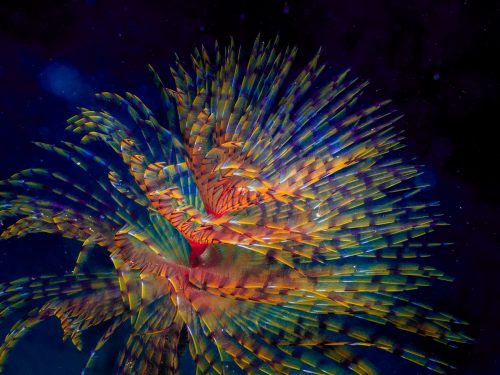
Thank you for contacting us.
One of our Staff will get back to you as soon as possible.